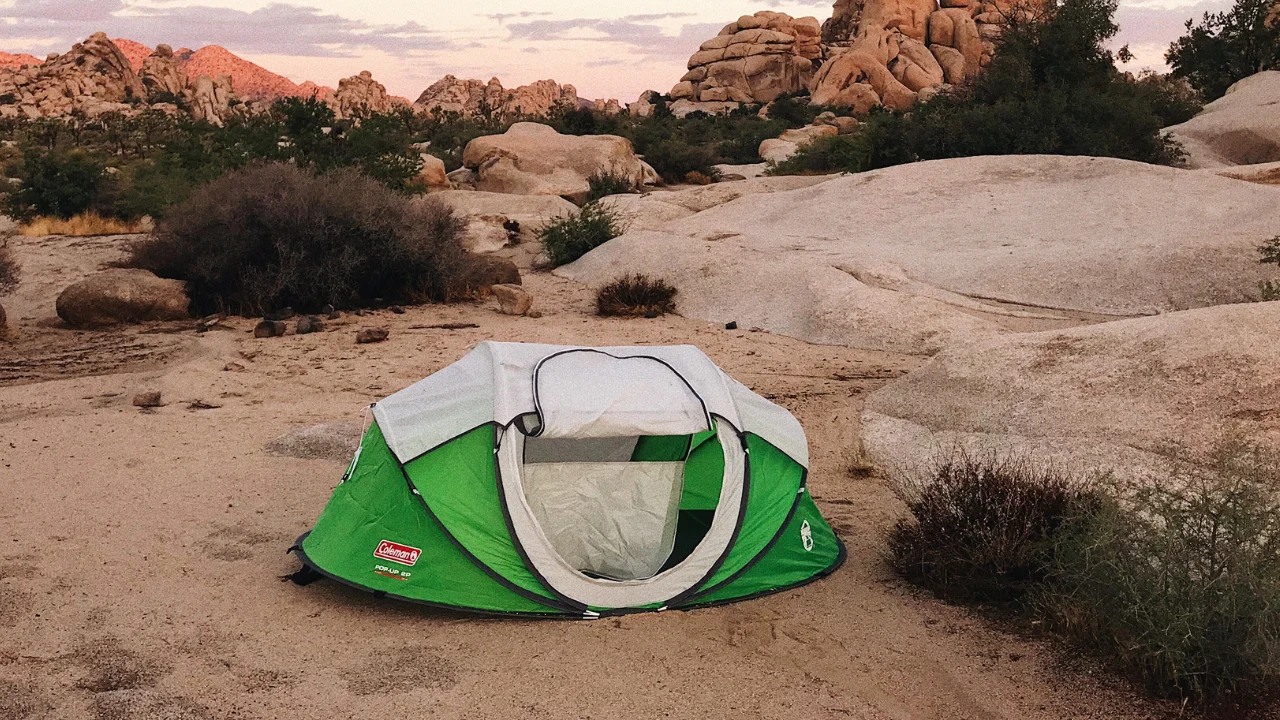
Air Tents for Camping: Easy Setup Guide
Are you ready to make camping easier and more enjoyable? Air tents, also called inflatable tents or blow-up shelters, are changing the way people camp. These tents are becoming more popular because they are easy to set up, durable, and lightweight.
What makes air tents so special? Instead of using poles, they use air beams that you inflate with a pump. This means you can set up your tent quickly without any hassle. Air tents are also made with strong materials that can handle bad weather. In this guide, we’ll explain why air tents are great, what to watch out for, and how to pick the best one for your next adventure.
Table of Contents
ToggleWhy Buy Inflatable Tents?
Quick Setup
Setting up an air tent is very simple. You just inflate the air beams with a pump, and your tent is ready in minutes. For example, the Vango AirBeam tents can be set up in less than 10 minutes, even for large family tents. This is perfect if you’re tired or arriving late to your campsite.
Portability
Air tents are designed to be lightweight and easy to carry. They’re made from strong but light fabrics, so they don’t weigh you down. The Quechua Fresh & Black Air Tent, for instance, is compact when packed but very spacious when set up.
Advanced Materials
Air tents are made with high-tech fabrics like ripstop polyester and TPU (thermoplastic polyurethane) air beams. These materials make the tents strong, waterproof, and resistant to UV rays. For example, TPU air beams are very durable and stay firm even in bad weather.
Real-Life Example
Sarah Jenkins, an experienced camper, switched to an air tent after struggling with regular tents for years. “I love how fast and easy it is to set up,” she says. “It’s made camping so much more fun and stress-free.”
Also Read About Best Tents for Hot Weather Camping
Why Not Buy Inflatable Tents?
Higher Costs
Air tents can be more expensive than regular tents because of the advanced materials and design. However, their durability and convenience often make them worth the price.
Maintenance Needs
Air tents need a little more care. You should check for leaks or punctures regularly. Most air tents come with a repair kit, but fixing a puncture while camping can be tricky. Some brands, like Outwell, make tents with double-layer air beams to reduce the risk of leaks.
Pump Issues
Air tents require a pump, which adds to the gear you need to carry. Lightweight manual pumps or electric pumps that work with power banks can make this easier.
How to Choose the Right Air Tent
Step 1: Think About Size: Pick a tent that fits your group. For families, the Berghaus Air 6XL offers lots of space with separate sleeping areas. Solo campers might prefer lightweight options like the Sea to Summit Alto TR2.
- Step 2: Match the Season: Choose a tent based on when you’ll camp. Three-season tents work well for spring, summer, and fall. If you’re camping in winter, look for a tent with thick fabric and strong beams.
- Step 3: Check the Terrain: Think about where you’ll camp. For rocky or uneven ground, choose a tent with reinforced air beams and a tough floor. The Heimplanet Cave Tent is a great choice for rough terrain.
Key Features to Look For
- Strong Air Beams: TPU air beams are tougher than PVC ones.
- UV Protection: Stops the tent from wearing out in the sun.
- Waterproofing: Look for a water rating of 3000mm or higher to stay dry.
Other Types of Blow-Up Shelters
Family-Sized Tents
These tents are big and comfortable, with multiple rooms and plenty of space for gear. The Coleman Valdes Air Tent is great for family trips
Lightweight Tents
For solo travelers or hikers, ultralight air tents like the Big Agnes Tiger Wall UL2 are perfect. They’re easy to carry and quick to set up.
Festival Tents
Bright, fun, and easy to pitch, festival tents like the Quechua Air Seconds 3 are ideal for events. They’re affordable and have UV protection to keep you cool.
FAQs: Quick Answers to Common Questions
🏕 What is an inflatable tent?
An inflatable tent uses air beams instead of poles, making it easy to set up and stable.
Why are air tents so popular?
They’re popular because they’re fast to set up, durable, and lightweight.
How do I choose the best inflatable tent?
Think about the size you need, the seasons you’ll camp in, and the type of ground you’ll camp on. Check the tent’s materials and waterproof rating.
How do you set up an inflatable tent?
Lay the tent flat, attach the pump to the valve, and inflate the air beams. Then secure the tent with stakes.
Conclusion
Air tents make camping easier and more enjoyable. They’re quick to set up, strong enough to handle tough weather, and come in sizes for everyone—from solo campers to families. If you’re ready to try a modern camping solution, explore air tents and take your outdoor adventures to the next level!



